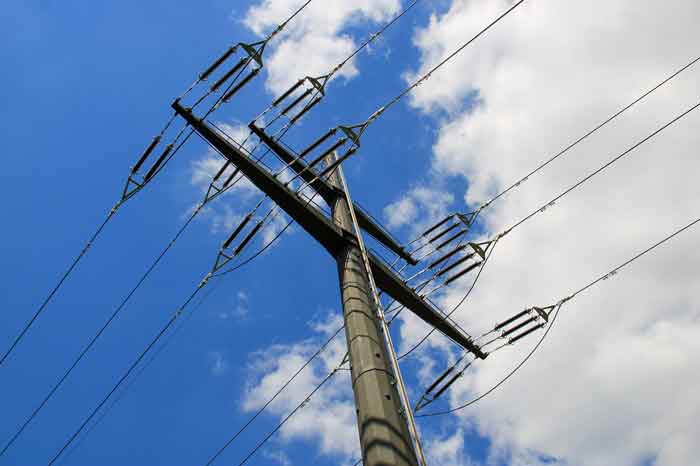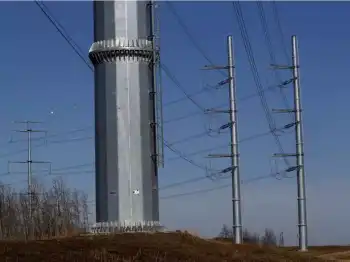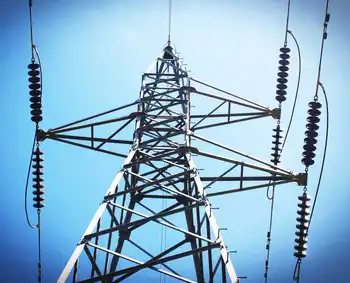Utility found Sept. 11 debris years ago but didn't launch search
NEW YORK, NEW YORK - A New York utility found Sept. 11 debris in a manhole next to Ground Zero four years ago - but didn't launch a systematic search of its underground vaults, the New York Daily News has learned.
The revelation followed the recent discovery of more than 200 human remains in another manhole at the site.
It also followed the recent announcement that the city will undertake a block-by-block search of every underground utility space from Barclay to Albany streets and from Broadway to west of the World Financial Center.
On Oct. 27, 2002 - just over a year after the attacks - a Consolidated Edison crew working a block north of Ground Zero stumbled on a U.S. Secret Service bulletproof vest, mixed with debris at the bottom of a manhole.
The Secret Service had an office in 7 World Trade Center, a block away from the manhole at Barclay and Greenwich streets.
That find made it clear back in 2002 that debris from the attacks somehow managed to end up in at least one subterranean vault.
But at the time, Con Edison did not make an effort to search every manhole in the area, spokesman Mike Clendenin confirmed.
"I don't think we would have been in a position" to do a systematic search, Clendenin told The News. "Our role was to go in where they let us go in if a vault had to be replaced."
If workers had searched vault by vault, they might have discovered back in 2002 the 200-plus human remains found four years later just 300 feet away, in a manhole on the western edge of the site.
Clendenin said Con Ed crews have entered the vast majority of underground vaults around Ground Zero since Sept. 11 to repair or replace cable, but he said he could not say for sure if every one had been inspected.
Charles Maikish, head of the Lower Manhattan Command Control Center, the state agency overseeing Ground Zero reconstruction, said there had been a systematic search of manholes in the months after Sept. 11.
When pressed, however, Maikish conceded that Con Ed and Verizon somehow missed nine manholes that were "abandoned" after the attacks.
Seven of the nine were buried under a service road built after Sept. 11, and two are in the middle of busy West Street.
City officials also conceded that workers didn't excavate deeply enough before building the road - meaning WTC debris was buried when the road was paved in March 2002.
Inspectors looking for human remains have discovered pieces of the fallen towers there.
Meanwhile, officials also are eying the vacant lot where the St. Nicholas Greek Orthodox Church once stood, between Cedar and Liberty streets, in the southwestern corner of the site.
The city fears WTC debris was buried when a parking lot for construction equipment was created in the spring of 2002.
"Here, too, it is possible that the excavation for the construction of this site was not deep enough to ensure that all WTC debris was removed," the city said in its recent announcement.
Both the service road and the former church site will be excavated in the coming months.
Related News

Strong Winds Knock Out Power Across Miami Valley
MIAMI - On a recent day, powerful winds tore through the Miami Valley, causing significant disruption across the region. The storm, which was accompanied by gusts reaching dangerous speeds, led to widespread power outages affecting thousands of homes and businesses. As trees fell and power lines were snapped, many residents found themselves without electricity for hours, and in some cases, even days.
The high winds, which were part of a larger weather system moving through the area, left a trail of destruction in their wake. In addition to power outages, there were reports of damage to buildings, vehicles, and other…




